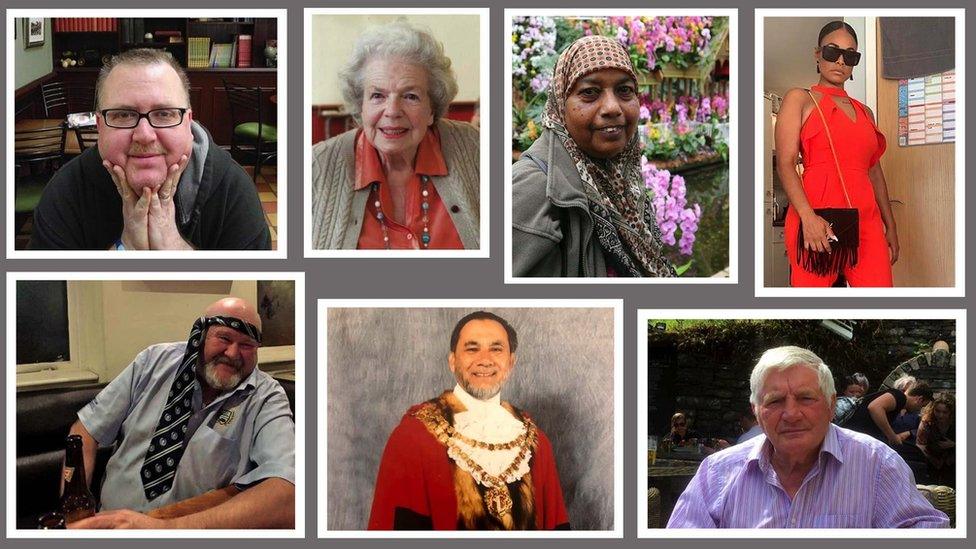Coronavirus: Waning immunity and rising cases - time to worry?
- Published
- comments
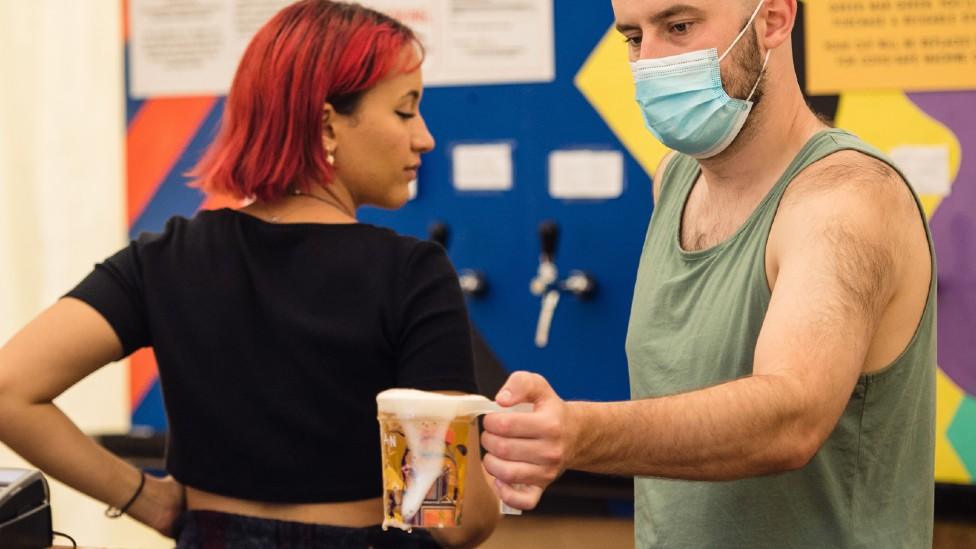
A month ago, coronavirus cases were falling and the lifting of nearly all restrictions looked like it had been a success.
But just weeks later, infections levels are rising again, with more than 30,000 new cases being confirmed each day, and there is growing evidence immunity through vaccination is waning.
How worrying is waning immunity?
Immunity through vaccination was always expected to wane.
Two studies - one based on data from the Zoe Covid Study app and another from Oxford University, external - suggest this may now be beginning several months after the second dose.
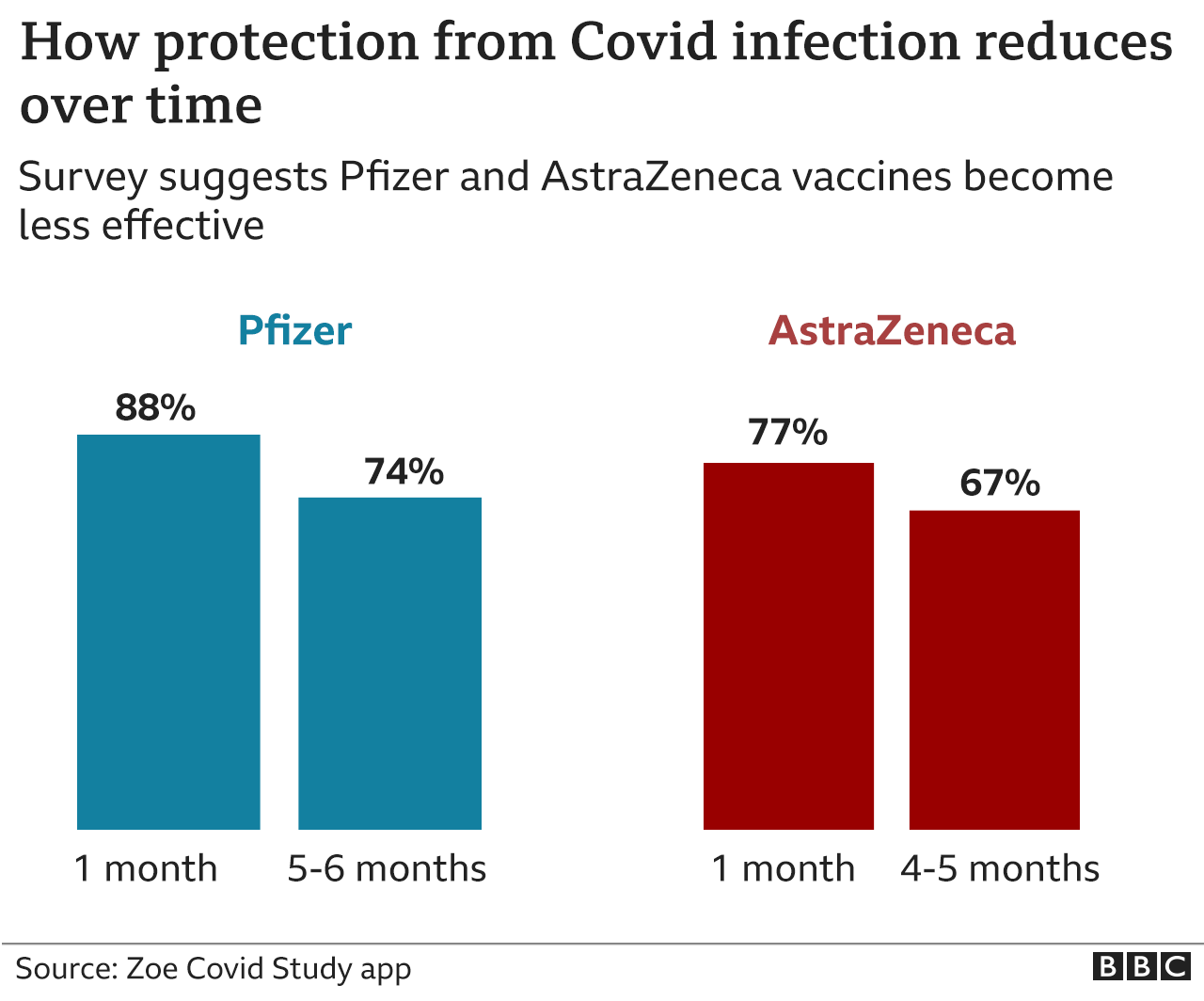

Although it is also possible something else is at play here. The apparent drop in effectiveness could be related to the fact people are likely to be repeatedly exposed to the virus as time passes, increasing the opportunities for the virus to break through the immune system's defences.
Either way this illustrates, once again, why we need to get used to Covid circulating.
Experts have been clear we should expect to be infected repeatedly over our lifetimes.
But each reinfection should be milder than the previous one.
And, for most, even those early infections will be milder than they would have been, because the vaccines remain highly effective at preventing serious illness.
The "good news", Prof Adam Finn, of the Joint Committee on Vaccination and Immunisation (JCVI), says, is the vaccines, having effectively taken the edge off the virus by giving our immune system a head start, are still working very well.
How worrying are rising cases?
When infection rates started to fall in mid-July, scientists said we should not expect a continuous drop like we had seen during the lockdowns.
Instead, the modellers predicted a period when infection levels would bob around - a series of mini-peaks.
That seems to be exactly what is happening now, with infection rates climbing but only gradually.
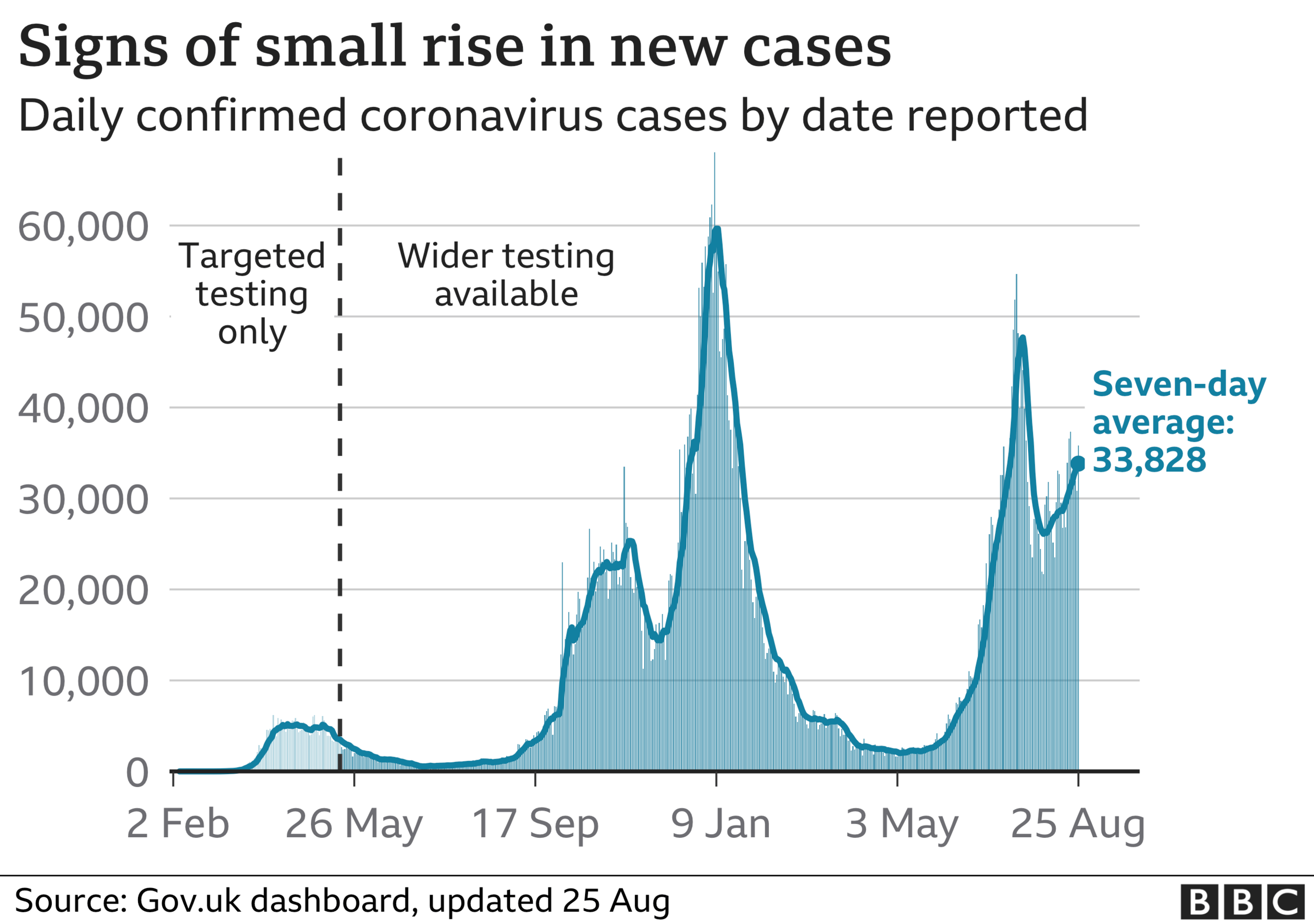

Experts believe we have effectively reached an equilibrium whereby small changes - either in immunity across the population or behaviour and the number of contacts people have - can make the difference between infection levels rising or falling.
How worrying are local hotspots?
The national picture can mask what is happening locally. And parts of the country are seeing significant spikes in infections. In places such as Cumbria, Cornwall and Devon, tourism has been cited as a factor.
And health chiefs are urging people to:
think twice before visiting
be cautious
use rapid swab tests to check if they are carrying the virus
But there is also an acknowledgement our approach and attitude to Covid needs to change too.
About 4,700 cases have been linked to a festival in Newquay, Cornwall.
But local councillor and emergency doctor Andy Virr says the Boardmasters festival was held in the knowledge this could happen and he is reassured the cases are not translating into serious illness.
There are "no regrets" about allowing the festival, he adds, as it brought people a lot of joy.
But this, of course, does not mean we should abandon all caution.
There are other reasons some areas are seeing a spike in cases.
And in parts of Northern Ireland, with low vaccine uptake and high deprivation cited as factors, doctors say too many people remain at significant risk.
How worrying is the autumn?
Overall, the number of people dying remains very low compared with previous waves - showing just how effective the vaccines have been.
At this point in the winter wave, there were 10 times more Covid deaths than there are now.


More than 100 people a day on average are still dying with the virus.
But during a bad winter, 300 to 400 people a day can die from flu.
The big unknown - and the thing causing government scientists most concern - is what will happen in the autumn.
Prof Mike Tildesley, an infectious disease modeller at the University of Warwick, says September will be the crucial moment, when schools are back and people return to work.
"August is such an odd month," he says, "it makes interpreting what is happening more difficult.
"In September, normal behaviour and contact levels return."
And if the signs from Scotland are right - the holiday season has already ended and cases are rising sharply - there could be quite a jump.
"We are already at quite a high base level in terms of infection," Prof Tildesley says.
"So if they go up across the board from here and that translates to a rise in hospital cases, there could be problems."
But there are no guarantees that will happen - especially if we are truly close to an equilibrium whereby the levels of immunity in the population can keep the virus at bay.
"The truth is we just don't know," Prof Tildesley says. "And it will probably be the end of September before we can say with any certainty."
Follow Nick on Twitter, external
Related topics
- Published5 July 2021
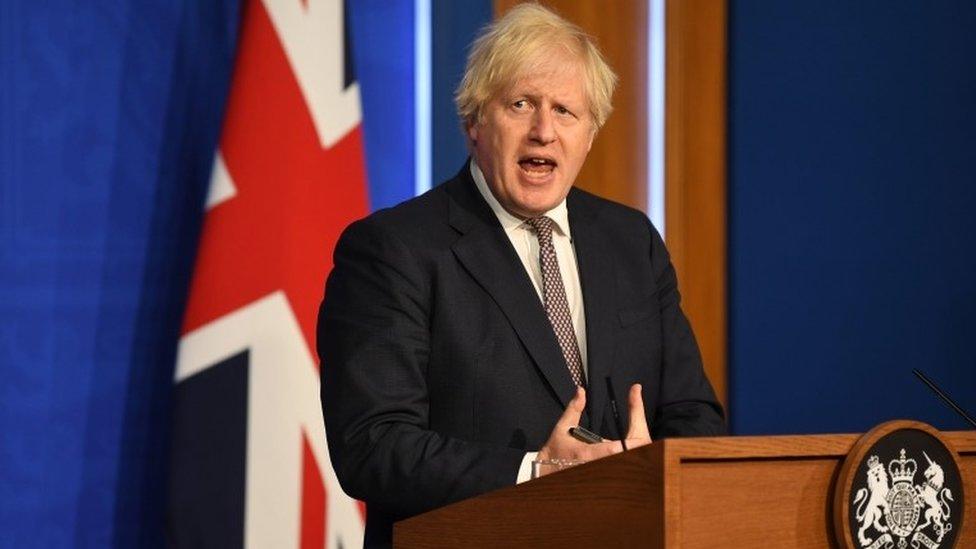
- Published5 July 2023
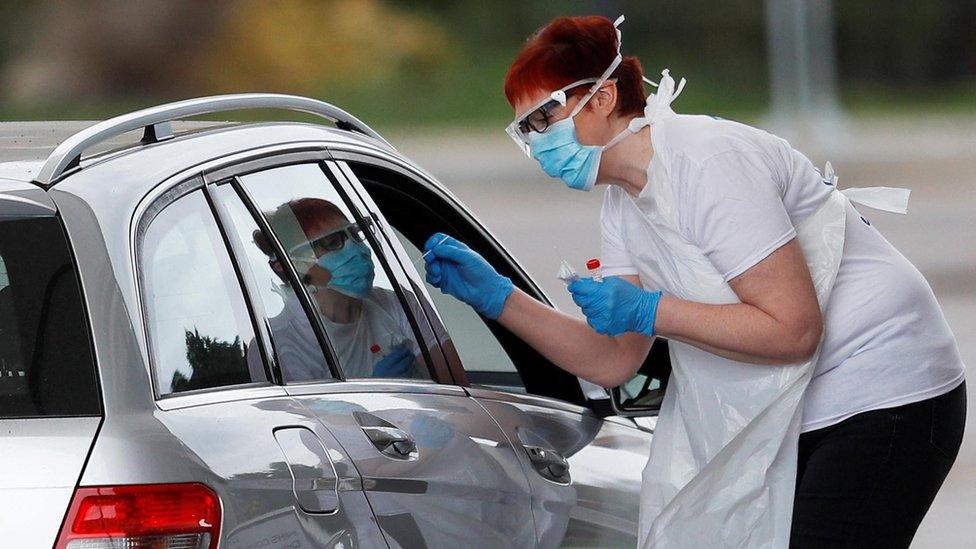
- Published5 July 2022
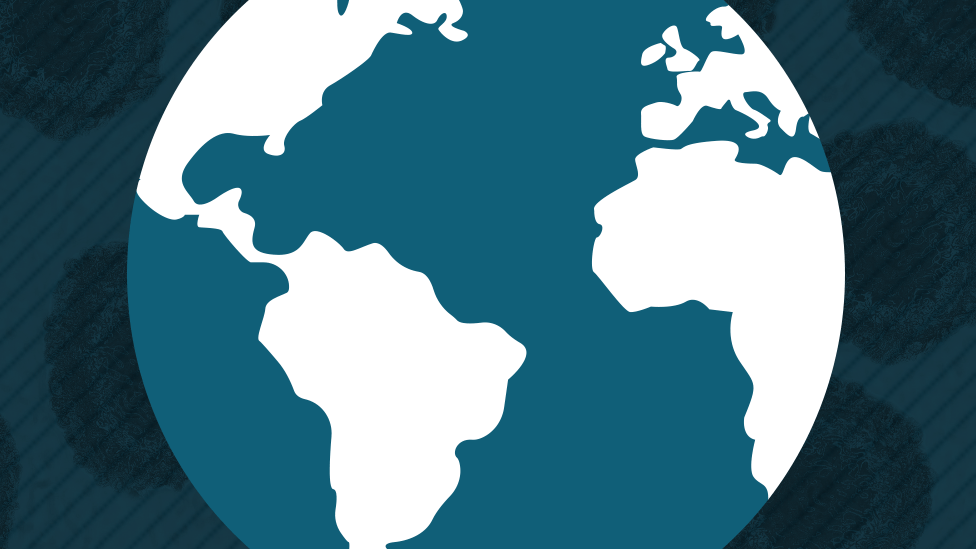
- Published30 April 2020
